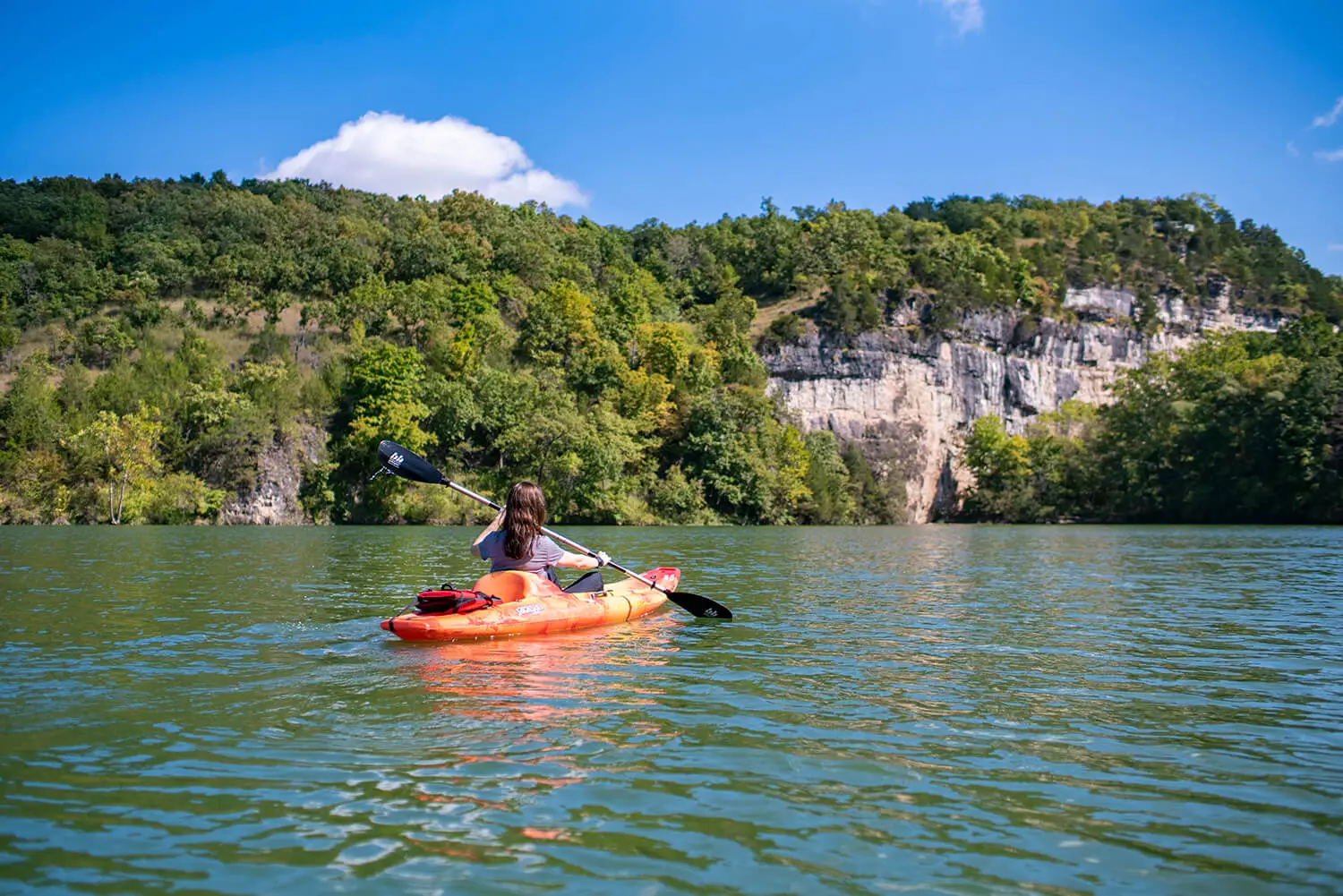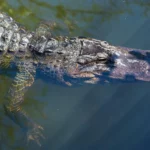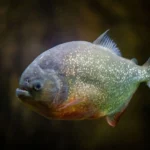Have you ever been left scratching your head about the hidden depths of the Lake of the Ozarks? You’re not alone! This mysterious lake has long been the subject of curiosity for boating enthusiasts, swimmers, and fishing fans alike. In this article, we’ll dive right into the watery mysteries and unravel the secrets behind the ever-changing depths of the Lake of the Ozarks. Buckle up and prepare to be amazed!
Delving into the Depths of Lake of the Ozarks
Nestled in the embrace of Missouri, Lake of the Ozarks captivates with its allure and invites intrepid explorers to uncover its watery secrets. But just how deep does this majestic lake delve into the depths?
At its most profound, Lake of the Ozarks descends to an impressive 130 feet. This remarkable depth paints a vivid picture of the hidden world below, where a diverse tapestry of aquatic life flourishes and anglers test their mettle. However, venturing into these depths requires a mindful approach, as submerged wonders and fluctuating water levels can pose challenges for unwary water enthusiasts.
Yet, Lake of the Ozarks is a lake of many depths. Its southern shores tantalize with depths ranging from 10 to 50 feet, beckoning swimmers and boaters to revel in its shallower embrace. The lake’s northern reaches, on the other hand, plunge into the deep end, with depths often surpassing 100 feet. These deeper waters allure experienced divers and underwater explorers longing to witness the lake’s submerged marvels.
Understanding the lake’s depths is not only a matter of curiosity but also crucial for planning safe and fulfilling adventures. Respecting depth limits and adhering to safety guidelines ensures that humans and the lake’s vibrant ecosystem can coexist in harmony, preserving the allure of Lake of the Ozarks for generations to come.
Ever wanted to visit Lake of the Ozarks? There are so many mysteries and scary facts about the animals that live there. Check out the top 10 scary facts about the animals.
How does the depth of the Lake of the Ozarks compare to other notable bodies of water?
Take a virtual dive into the depths of the Lake of the Ozarks and discover its watery wonderland. This artificial lake in central Missouri boasts depths that rival some of the world’s most renowned bodies of water.
The Lake of the Ozarks is a man-made marvel, its depths sculpted by the Bagnell Dam on the Osage River. While it may not plummet to the jaw-dropping depths of Lake Baikal or Crater Lake, it holds its own among other well-known lakes.
To put things into perspective, the Lake of the Ozarks’ maximum depth of 130 feet is a lot deeper than you might think. It’s like diving two school buses stacked end-to-end into the lake! And that’s not all. The lake’s depths vary significantly, with shallow southern shores perfect for wading and sandy beaches, while the northern reaches plunge into a watery abyss.
Let’s dive into a quick comparison with other notable bodies of water:
| Lake | Maximum Depth (ft) | Location |
|---|---|---|
| Lake of the Ozarks | 130 | Missouri, USA |
| Crater Lake | 1,943 | Oregon, USA |
| Lake Baikal | 5,387 | Russia |
| Lake Superior | 1,333 | USA/Canada |
| Lake Tahoe | 1,645 | California/Nevada, USA |
As you can see, the Lake of the Ozarks stands tall among these famous lakes. It’s not the deepest, but its watery depths still offer an aquatic playground for boaters, swimmers, and fish enthusiasts alike.
So, next time you’re looking for a watery adventure, consider exploring the hidden depths of the Lake of the Ozarks. Its crystal-clear waters and diverse underwater world will surely make a splash!
What Factors Influence the Depth of the Lake of the Ozarks?
The Lake of the Ozarks, a sprawling water playground, conceals a captivating underwater world of hidden coves, towering cliffs, and submerged islands. But what makes this lake so intriguing is its varying depths, shaping its ecosystem and dictating the types of activities that can be enjoyed. Let’s delve into the factors that determine the Lake of the Ozarks’ watery depths.
The Sculpting Hand of the Dam
Once upon a time, the Osage River flowed freely through this region, its depths forever evolving. However, the construction of the majestic Bagnell Dam in 1931 transformed the river’s destiny. The dam’s purpose was to create a vast reservoir, which it did, raising the water level and plunging the area into depths as profound as 130 feet. This dramatic change gave birth to Lake of the Ozarks, forever altering its underwater landscape.
The Landscape’s Contouring Effect
The land beneath the lake’s surface plays a pivotal role in shaping its depths. The northern shoreline, adorned with sheer limestone bluffs, proudly displays its grandeur, plunging into the water’s abyss. In contrast, the southern shores gently slope into the water, creating shallow depths that average between 10 to 50 feet. This disparity in depths creates a diverse underwater terrain, nurturing a symphony of aquatic life.
The Rhythm of the Seasons
Nature’s rhythmic dance of seasons also has a profound influence on the lake’s depth. When the heavens open wide and unleash torrents of rain, the lake swells with newfound volume, its depths expanding like a well-nourished sponge. Conversely, during parched seasons, the water recedes, revealing hidden shallows where sunlight can penetrate more readily. These seasonal fluctuations impact the lake’s underwater habitats and influence the distribution of its aquatic inhabitants.
Key Insights to Remember
- The Bagnell Dam’s creation has bestowed upon the Lake of the Ozarks a maximum depth of 130 feet.
- Steep bluffs in the north contribute to greater depths, while sloping shores in the south result in shallower waters.
- The ballet of seasons orchestrates the lake’s depth, with heavy rainfall leading to higher levels and dry spells revealing sunken areas.
Understanding the factors that influence the depth of the Lake of the Ozarks empowers us to appreciate its ecological wonders and fully embrace its recreational potential. As we explore its depths, let us remember the intertwined relationship between water, topography, and the seasons that have shaped this watery paradise.
Are there any hazards associated with the depth of the Lake of the Ozarks?
Lake of the Ozarks, known for its impressive depth of 130 feet, presents both enticing opportunities and potential risks. While it’s a haven for anglers in search of bass and catfish, caution is advised for boaters and swimmers navigating these depths.
Hidden Dangers Lurk in the Depths:
The lake’s remarkable depth creates unseen hazards that require awareness. Boat operators must be vigilant, as shallow southern shores abruptly transition into the profound northern depths. Navigating these varying depths demands a keen eye and a thorough comprehension of depth contours.
Preventing Underwater Collisions:
Striking underwater obstacles can be catastrophic for boaters. To avoid such incidents, it’s imperative to respect depth limits and adhere to safety guidelines. By comprehending the lake’s varying depths and potential hazards, you can ensure a safe and enjoyable experience.
Preserving the Lake’s Ecosystem:
Responsible use of the lake’s depths is not only about safety but also about preserving its ecosystem. Understanding depth variations allows anglers to target fish species effectively and minimize environmental harm. By following depth restrictions, we protect the delicate balance of the lake’s diverse wildlife.
Unforgettable Adventures in Depth:
Exploring Lake of the Ozarks’ varying depths can lead to unforgettable adventures. Shallow waters offer opportunities for swimming and fishing along the southern shores, while deeper stretches in the north provide ample space for boating and underwater exploration. With a conscious awareness of depth variations, visitors can indulge in fulfilling and safe lake experiences.
Respecting Depth Limits:
Acknowledging and adhering to depth limits is a fundamental act of responsible lake use. These regulations protect boaters and swimmers from hazards, safeguard the lake’s ecosystem, and ensure a harmonious coexistence between humans and the environment. By respecting depth limits, we contribute to the lake’s preservation and the enjoyment of future generations.
Steps to Stay Safe:
- Familiarize yourself with the lake’s depth contours.
- Stay within designated depth limits.
- Be aware of underwater obstacles.
- Respect depth limits to protect the lake’s ecosystem.
- Enjoy the lake responsibly.
FAQ
Q1: What is the maximum depth of Lake of the Ozarks?
A1: Lake of the Ozarks has a maximum depth of 130 feet, making it one of the deepest lakes in Missouri.
Q2: How does the depth of Lake of the Ozarks vary?
A2: The depth of Lake of the Ozarks varies depending on the location. The deepest part of the lake is in the central portion, while the shallower areas are typically found near the shoreline.
Q3: What is the significance of the depth of Lake of the Ozarks?
A3: The depth of Lake of the Ozarks influences its environment, habitat diversity, and species richness. The deep waters provide a unique habitat for various aquatic species, including fish, mussels, and aquatic plants.
Q4: What types of fishing opportunities are available in the deep waters of Lake of the Ozarks?
A4: The deep waters of Lake of the Ozarks offer excellent fishing opportunities, especially for bass species such as spotted bass, black bass, largemouth bass, and smallmouth bass. Catfish are also commonly found in the deeper areas of the lake.
Q5: Are there any safety considerations related to the depth of Lake of the Ozarks?
A5: While Lake of the Ozarks is generally considered safe for recreational activities, it’s important to be aware of the potential hazards associated with its depth. Boaters should always wear life jackets and be cautious of underwater obstacles, especially in unfamiliar areas.
- Mastering Leader in Spanish: The Complete Guide - April 19, 2025
- Uncovering Surprising Parallels: England Size Compared to US States - April 19, 2025
- Old Mexico Map: Border Shifts 1821-1857 - April 19, 2025
















